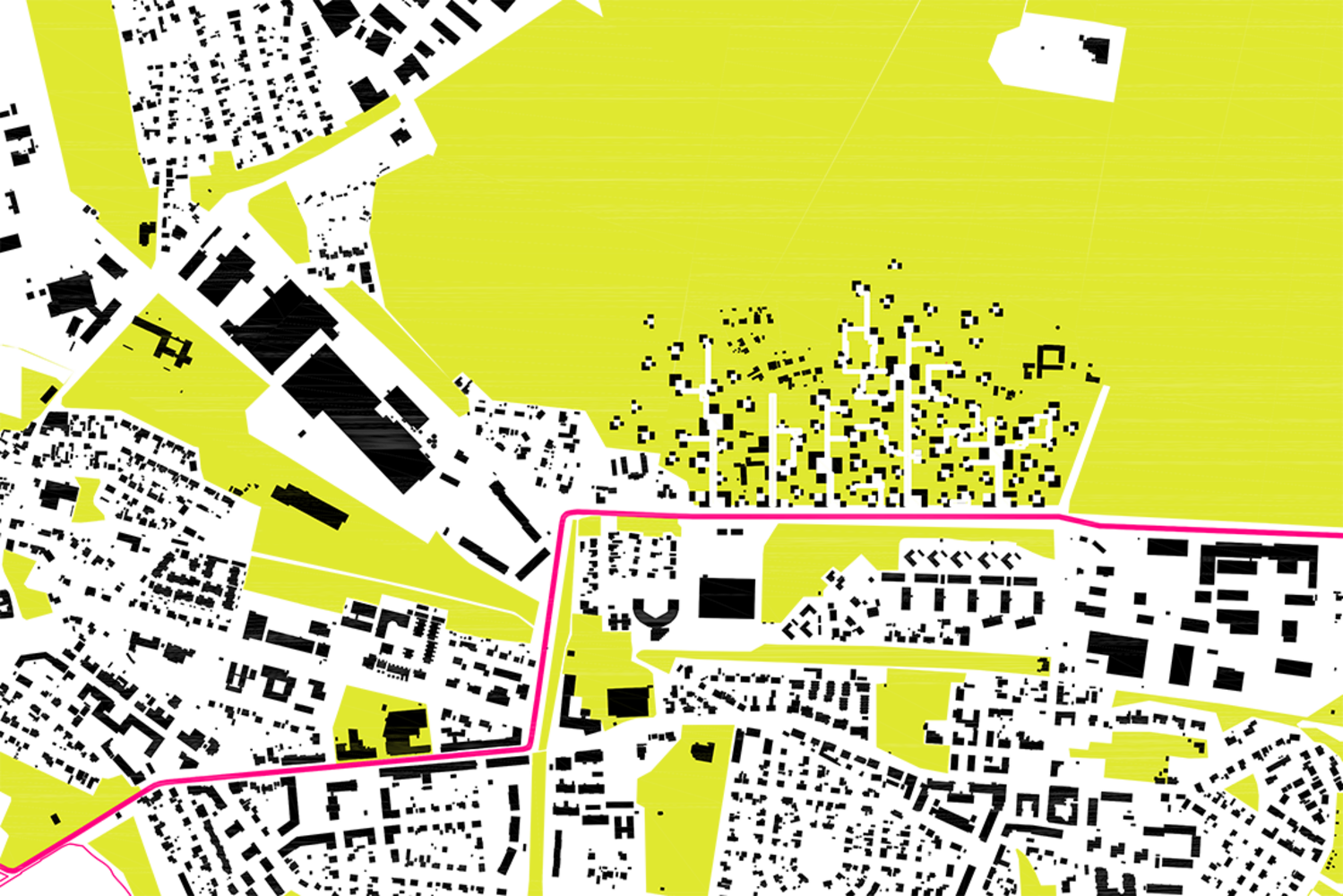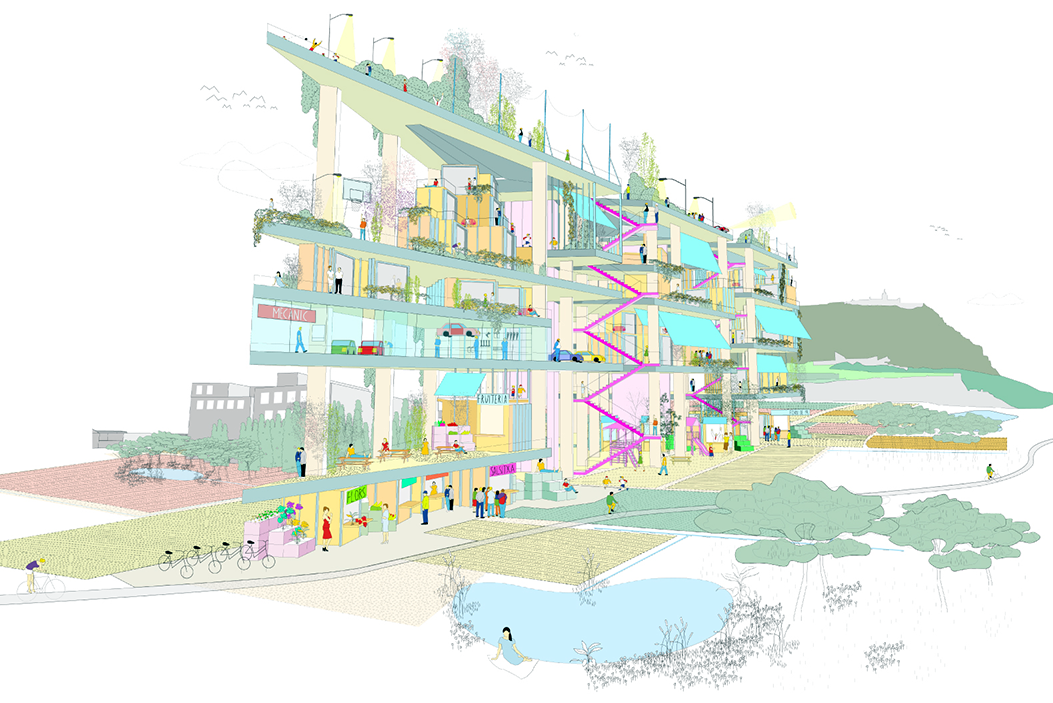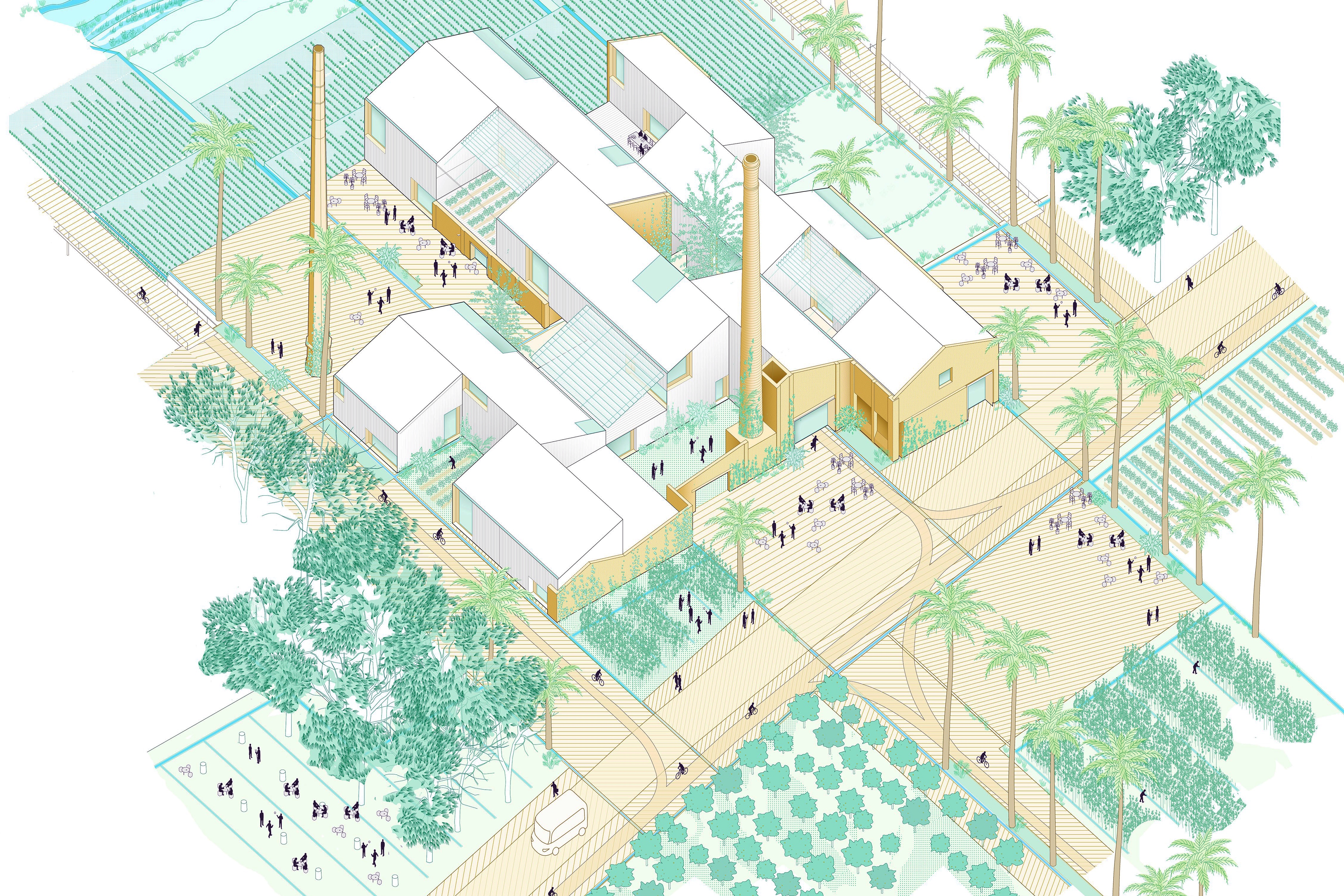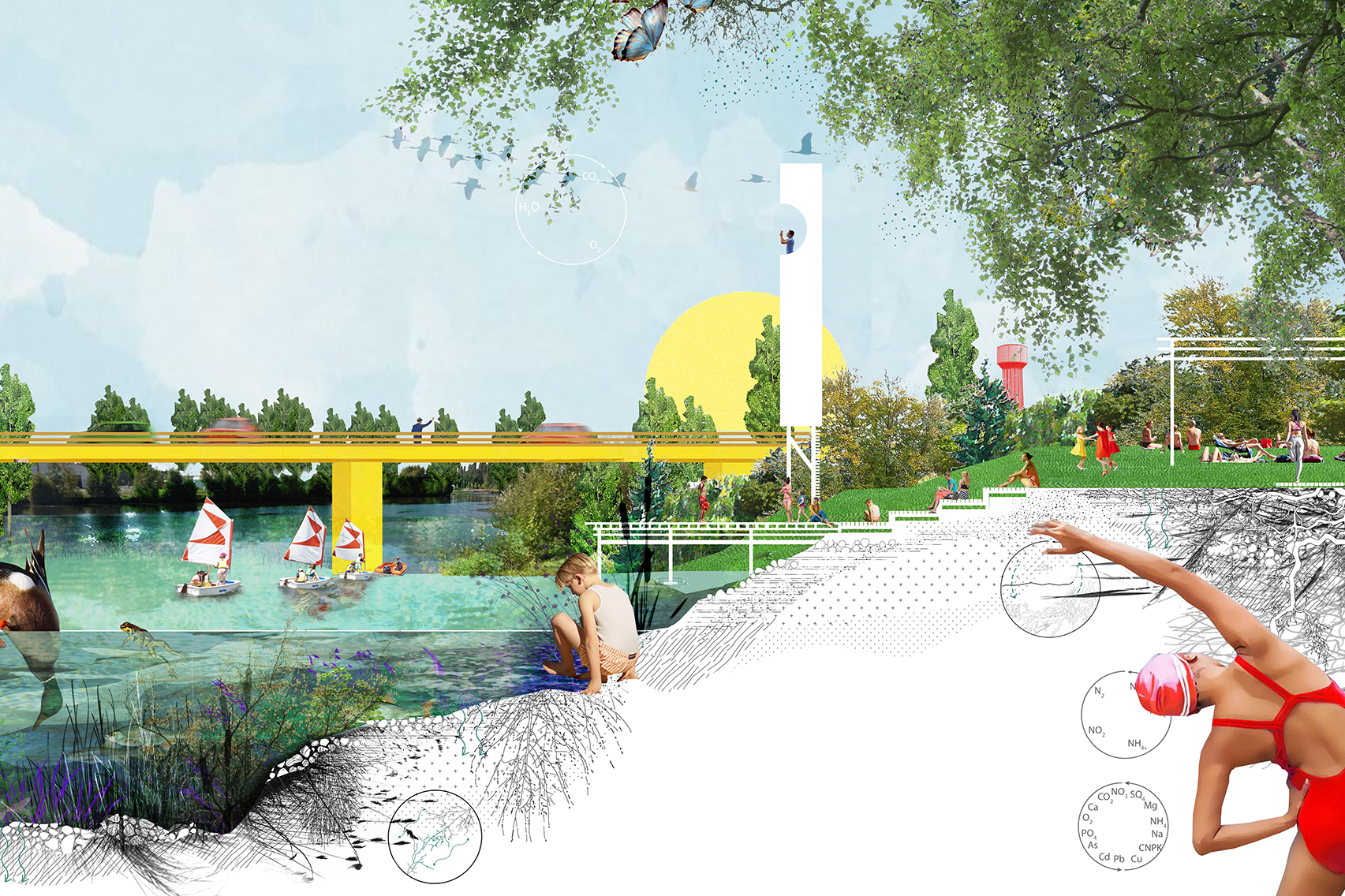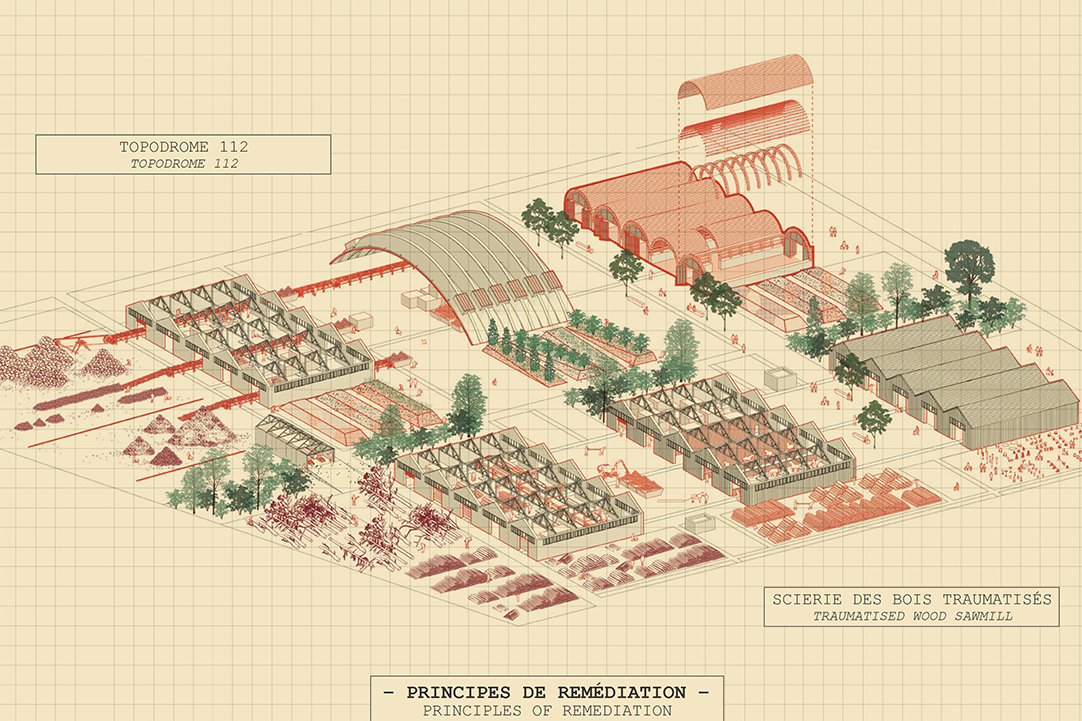Europan Notebook #2
RESEARCH

RESEARCH: THE CARE HYPOTHESIS
Europan has published, on its European website, the results of a research that was carried out on the analysis of Europan projects (winners and runners-up) from the point of view of the Care hypothesis in architectural, urban and landscape design, and focusing mainly on the trilogy of the sessions on the topics of Adaptable Cities (Europan 12 and 13), Productive Cities (Europan 14 and 15) and Living Cities (Europan 16 and 17).
This hypothesis becomes strategic in this context of vulnerability of inhabited milieus, impacted by climate change caused by a boundless productivist system and a domination of nature by man.
Four axes of thought and action are particularly significant in regenerative care projects: Welcoming, Maintaining, Holding and Tuning. Each is divided into two sub-sections, each of which identifies one of its main facets.
These four processual axes of thought and action give rise to entangled passages, symbioses and synergies that sustain and reinvent a plurality of approaches to care within architecture.

Maintaining is the art of making buildings and milieus last by taking into consideration what repairs and maintains them, against the unbridled diktat of programmed obsolescence and over-consumption. Nature, too, can restore, and even save.
Repair - Remediation
Operations that establish material and immaterial mending and recycling to accommodate the vagaries of passing time and daily life, while revitalizing what has been damaged.
Reuse
Operations that “remember forward” by reusing materials, buildings and infrastructures while modifying their previous uses. The aim is to propose new uses while contributing to the resilience of an inhabited milieu in connection with transcalar and evolving dynamics.

It is about tuning together the essential elements of the project process in terms of initiation, situation and duration. It means bringing them, from a holistic perspective and as part of a cross-disciplinary trajectory, into resonance and co-rhythm with the milieu, its specific features, its plural, even antagonistic histories, and the different forms of life that inhabit it.
…Between Milieus
The challenge is to reinvent how milieus meet, taking advantage of it, and making them compatible: for example between city and agriculture, city and countryside, city and industry, city and river, city and forest...
…Between Stakeholders
In the multiplicity of voices at stake, between the interests, the needs and the expectations, rivalries and disagreements multiply.
Contributors to this research: Pierre-Marie Auffret, architect urbanist, uses expert, atelier Isla - Céline Bodart, architect, PhD in Architecture, researcher, professor - Didier Rebois, architect, teacher, SG Europan - Charline Rollet, architect, teacher, Bureau Polyptyque - Chris Younes, psychosociologist, PhD in philosophy, researcher, professor
For more information: www.europan-europe.eu/en/care

Welcoming or becoming hospitable. This means reinventing Welcoming as forms of inclusivity and hospitality towards human and non-human beings in their conditions and ways of life.
...New Uses and New Entrants
Societies are facing accelerated transformation and reformation of uses, as well as an intermingling of populations that modifies spatialities and coexistences.
...Biodiversity
It is all about the importance of making room for the living, which implies greater immersion with plants and animals while paying attention to what contributes to the health of ecosystems.

Holding or the revealing a territory – Holding is to be interpreted in terms of urban planning as a weaving of natural and cultural interdependencies and reciprocities in the making. It is about taking into consideration what already exists and will ensure physical and mental handling that holds and brings security.
Historical Traces and Memory
Traces, memories, past data and values play a structuring role in inhabited milieus, interweaving material and immaterial elements that are crucial to understanding individual and collective experiences.
Geological, Geographical, and Climatic Forces
The idea of a structuring natural and cultural substrate is a decisive aspect in revealing a territory in movement within a broader shared geography, namely the recognition of the geological and geographical forces that animate it: climates, mountains, valleys, rivers, forests, fields...
